If you’re hunting for fresh resin color ideas, you’re in the right place. You can color resin in so many fun ways.
Classic shades like black, white, and gray give a clean look, while metallics such as gold, silver, and copper add instant shine. If you want something bold, try rainbow colors or add sparkle with glitter, holographic powders, or even glow‑in‑the‑dark pigments. For a warm and dreamy vibe, blend sunset colors like red, orange, yellow, and purple.
Each choice gives your project a whole new personality. With resin, there are no limits—just endless ways to play with color.
Ready to spark some inspiration for your next project? Keep reading for ideas you’ll want to try.
Key Takeaways
- Resin colors can be mixed for simple or bold effects
- Different tools and pigments create unique looks
- Small changes in technique make projects stand out
Add shimmer and depth to your colors with powders. Explore ideas by checking our guide, Mica Powder Uses: Creative Ways to Add Sparkle and Color.
Popular Resin Color Ideas

Color choices can totally change the vibe of your resin project. You can get bold art, soft décor, or sleek designs just by adjusting pigments, powders, and finishes.
Vibrant and Bold Color Schemes
Bright colors really make resin projects pop. Try mixing epoxy resin with liquid pigments or mica powder to get intense shades like red, cobalt blue, or emerald green.
These work great for coasters, trays, and wall art when you want the design to stand out. Layering bold colors creates striking effects—pouring yellow next to teal makes a sharp contrast that grabs attention.
Swirl multiple colors together for a marbled look. If you want depth, pour clear resin between layers of colored resin for extra dimension.
Bold tones also look fantastic in resin jewelry, especially with glitter or foil flakes mixed in.
Pastel and Soft Resin Colors
Pastel colors give resin art a calm, gentle vibe. Make soft pinks, mint greens, or light blues by mixing just a little pigment into clear epoxy resin.
White mica powders help soften the color and add a smooth finish. These shades are popular for home décor—think candle holders, trays, or coasters.
Pastels pair nicely with floral themes or spring-inspired projects. Gold leaf or pressed flowers add a delicate touch.
Add a bit of shimmer with pearl mica powder to keep pastels from looking flat. That tiny glow keeps things light but still interesting.
Metallic and Pearl Effects
Want shine and luxury? Go for metallic or pearl effects. Mix mica powders in gold, copper, or silver right into epoxy resin for a shimmering surface.
Pearl effects look softer and give a smooth, iridescent finish—perfect for jewelry, keychains, or decorative trays. Metallics are bolder and eye-catching, great for statement pieces.
Try dusting mica powder into a mold before pouring resin for a surface-level metallic shine. Mixing metallic pigments with other colors creates layered effects, like black resin with gold swirls.
Transparent and Opaque Finishes
The finish of your resin changes how the color appears. Transparent resin colors let you see through the piece, which works well for embedding flowers, shells, or glitter.
Add alcohol inks to clear resin for stained-glass effects with rich tones. Opaque finishes block light and give solid, uniform color—use resin pigments or a bit of acrylic paint for this.
Opaque colors work well for strong coverage, like on tabletops or decorative panels. Many crafters mix both finishes in a single project—a clear base with opaque swirls brings contrast and depth.
Colors pair beautifully with natural elements. Learn how by reading our guide, Resin Flowers: How to Create Beautiful Craft Decorations.
Materials You’ll Need for Coloring Resin

You can change resin’s look by mixing in powders, dyes, paints, or glitter. Each material brings a unique texture, transparency, and finish to your craft.
Mica Powders and Pigments
Resiners® 26 Colors Mica Powder Set - 0.175oz(5g)/Bottle
Mica powder are a favorite for coloring resin. They’re made from natural minerals ground into fine, shimmering dust.
Mixing them into resin creates a pearlescent or metallic effect with rich, layered color. You’ll find mica powders in tons of shades, from soft pastels to deep jewel tones.
Since they’re dry, they won’t water down the resin or mess with curing. Start small—a little goes a long way.
Try combining colors for marble-like swirls or galaxy effects. Dusting mica powder into a mold before pouring resin leaves a shiny, smooth surface after curing.
Tip: Use a small spoon or silicone tool to mix mica evenly. Clumps can leave streaks in the finished piece.
Alcohol Inks and Resin Dye
Resiners® 20 Colors Epoxy Resin Dye
Alcohol inks and resin dyes are liquid colorants that spread fast in resin. They’re perfect for transparent or semi-transparent effects, like stained glass or watery looks.
Alcohol inks are super concentrated, a drop or two goes a long way. They react with each other, forming organic patterns, which is great for petri dish coasters or abstract art.
Resin dyes (sometimes called resin tints) mix smoothly and don’t mess with curing. They’re more predictable than alcohol inks, so you can layer or blend them for custom shades.
Note: Alcohol inks can fade in sunlight, while resin dyes usually hold up better. Seal finished pieces with a UV-resistant topcoat to help them last.
Acrylic Paints and Golden Fluid Acrylic
Acrylic paints are easy to find and work for tinting resin. Standard acrylics are thicker, so use only a little to avoid changing resin’s texture—too much paint can mess up curing.
Golden Fluid Acrylic works better if you want strong color without thickening the resin. These paints are highly pigmented but thin, making them easy to blend and available in tons of colors.
Use acrylics for opaque, solid tones that block light—good for jewelry, charms, or keychains.
Best practice: Mix paint into a small bit of resin first, then blend that into your main batch for even color.
Glitters and Special Effects
Glitters add sparkle and texture you just can’t get from other colorants. Fine glitter gives a subtle shimmer, while chunky glitter brings bold, sparkly designs.
Holographic and iridescent glitters reflect multiple colors, adding depth. Special effect powders, like chameleon pigments or glow powders, are also fun to use.
Chameleon pigments shift color from different angles. Glow powders store light and shine in the dark.
Stir glitter gently to keep it suspended—pouring too quickly makes it sink. For even sparkle, layer glitter between clear resin pours.
Quick guide:
- Fine glitter = smooth shimmer
- Chunky glitter = bold sparkle
- Holographic glitter = rainbow reflection
- Glow powder = light in the dark
Heat can bring your resin colors to life. Find the right tool by checking our article, Best Heat Gun for Crafts: Every Crafter’s Must-Have Tool.
Techniques for Achieving Unique Resin Colors

Change the look of resin by layering, mixing custom shades, or tinting clear epoxy. Even small tweaks in how you combine colors can give you anything from smooth blends to bold color shifts.
Layering and Swirling Methods
Layering resin colors builds depth and dimension. Pour one color, let it partially set, then add another on top, each shade peeks through.
Swirling is different. Pour two or more colors at once and use a stick or toothpick to gently move the resin, making marbled effects with blends or streaks.
To avoid muddy colors, don’t over-mix. Contrasting shades like blue and white or black and gold give strong patterns.
For softer looks, try colors close on the color wheel, like green and teal. Pour in thin layers—thick pours trap bubbles and blur swirls.
Custom Color Mixing
Create custom shades by mixing resin tints, mica powders, or liquid dyes. Start with small drops in clear epoxy and add more until you like the color.
Keep a notebook of your mixes. Jot down drops or powder amounts. It makes repeating a color way easier next time.
Mixing primary dyes, such as red, blue, yellow, gives you secondary colors like green, orange, and purple. Add white to lighten, or a drop of black to deepen.
Test your mix in small cups before pouring into your main project. That way, you don’t waste resin if the color’s off.
Tinting Clear Epoxy Resin
Tinting clear epoxy resin is probably the easiest way to color it. Use liquid dyes, alcohol inks, or tint powders—each gives a different vibe.
- Liquid dyes: smooth, even color throughout.
- Alcohol inks: transparent, watercolor-like effects.
- Powders: shimmer or metallic finishes.
Mix the tint into the resin before adding hardener to avoid clumps and get an even color. For a soft, see-through look, use just 1–2 drops of dye per ounce of resin.
If you want bold, solid color, add more tint—but don’t go over 6% of the total resin volume, or curing might get weird. It’s a bit of trial and error, but that’s half the fun.
Creating Color Shift and Iridescent Effects
Color-shift pigments and iridescent powders give resin a surface that changes with the light. These pigments usually start with mica, then get coated in thin layers of metal oxides to reflect different colors.
Dust the powder inside your mold before pouring in clear resin. Or, just mix the powder right into the resin if you want a glowing look.
For a stronger shift, try layering a dark base color under the pigment. A black resin base under interference blue powder, for example, really makes the blue stand out.
Chameleon powders are worth a try too. They can shift between three or more colors, making jewelry, coasters, and keychains look different from every angle.
Different resins react to pigments in unique ways. Discover more by reading our guide, Types of Resin: A Crafter's Guide to Finding the Perfect Pour.
Get the Best Resin Colorants From Resiners

Resiners has a bunch of colorants that work for both small and big resin projects. Their options blend well, resist fading, and keep your pieces looking sharp for a long time.
Choosing Colorants for Different Projects
The colorant you pick really depends on what you’re making. If you’re working with UV resin jewelry, liquid dyes and mica powders give bright, even tones without blocking the light, so the uv resin cures well under a UV lamp.
For larger resin art pieces like trays or coasters, you might want opaque pigments or pastes. These give you bold, solid colors that stand out. Many resin artists mix mica with paste to get shimmer while keeping coverage strong.
Some people try food coloring or oil paint, but those can cause problems. Food coloring is water-based and might create bubbles or weak spots. Oil paint can mess with the chemical reaction in epoxy resin. If you want safer results, stick with colorants made for resin.
Final Thoughts
With endless resin color ideas, no two projects need to look alike. Keep it simple with neutrals, add shine with metallics, or play with glitter and glow powders. Blend sunset shades or layer bold tones for effects that stand out.
Every pour is a chance to experiment, so don’t be afraid to try new pigments and surprise yourself. Grab your supplies, choose your colors, and start crafting today.
For flawless results, check out Resiners equipment and curing machine to take your resin art to the next level.
Want to master bold and vibrant shades? Get inspired when you read our article on Coloring Resin: Techniques for Vibrant DIY Crafts.
Frequently Asked Questions
Which color is best for resin?
The best color really depends on your project. Clear resin pairs well with bold pigments like deep blues, emerald greens, or metallics—they stay rich after curing. For a softer vibe, pastel pigments or translucent dyes give a glassy, smooth finish.
What is the most popular resin color?
Lots of crafters go for ocean-inspired shades like turquoise and teal. They give a natural, watery effect. White is super popular too since it mixes with almost anything and helps show off details in layered or swirled designs.
What's the best thing to color resin with?
Resin-specific colorants like mica powder and liquid resin dyes give you the best results. They blend smoothly and don’t mess with curing. Alcohol inks are also a favorite for patterns and transparent effects.
What looks good in resin?
Try adding glitter, dried flowers, shells, or metallic flakes for texture and depth. Items with strong contrast—think gold leaf against dark resin—really stand out. Natural stuff like wood slices or stones also look great with clear or tinted resin.
How do I prevent colors from bleeding into each other in my resin designs?
Work in layers and let each one cure before adding the next. Use thicker pigments like mica powders instead of liquid inks if you want sharp edges between colors. Keeping your resin at the right temperature also helps keep colors from blending together too much.
Can I color resin with paint?
You can add a little acrylic paint to resin, but don't go overboard. Too much paint can mess with curing and leave the resin soft or sticky.
Skip oil-based paints—they just don't mix well with resin. If you want results you can count on, try resin dyes or mica powders instead.

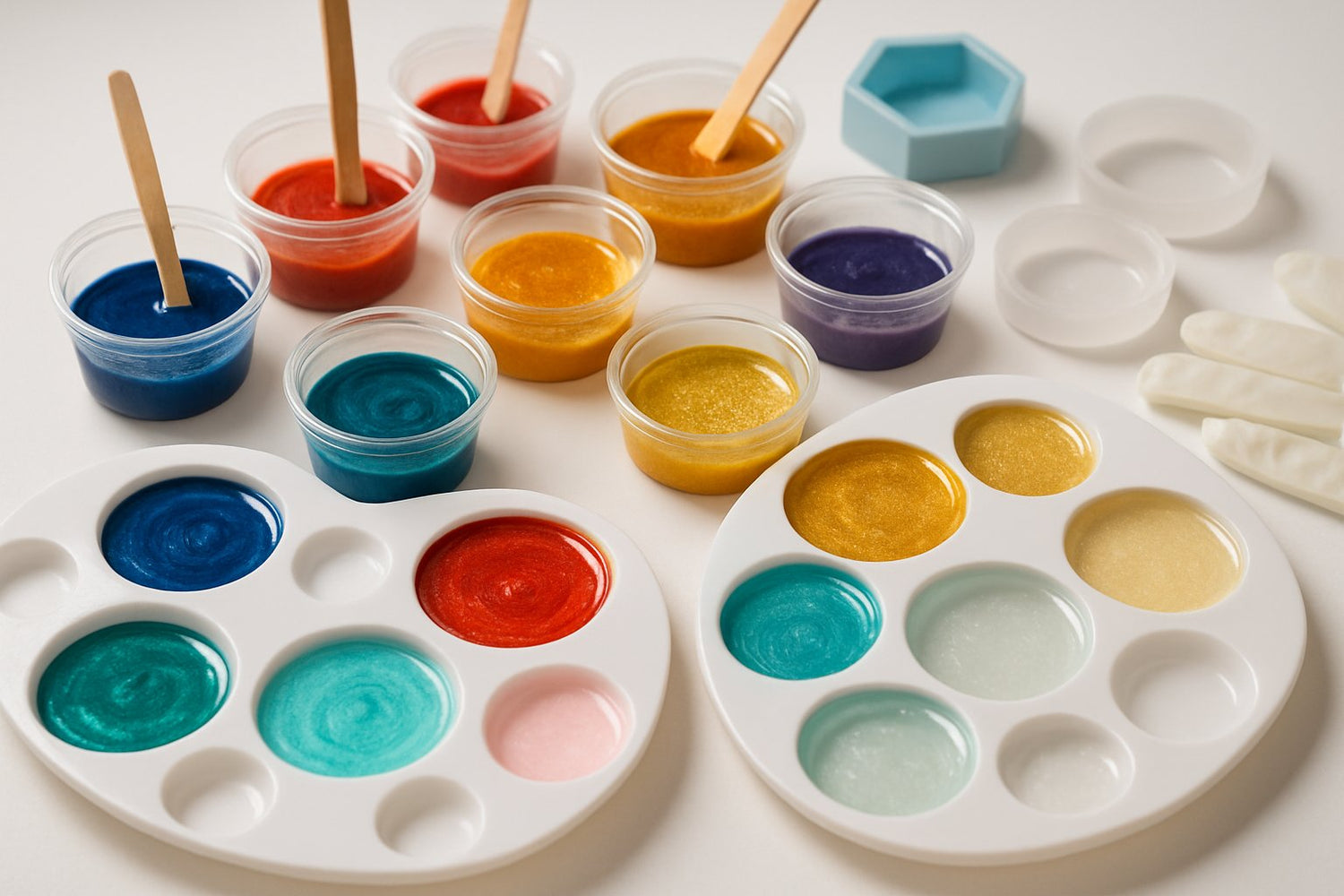



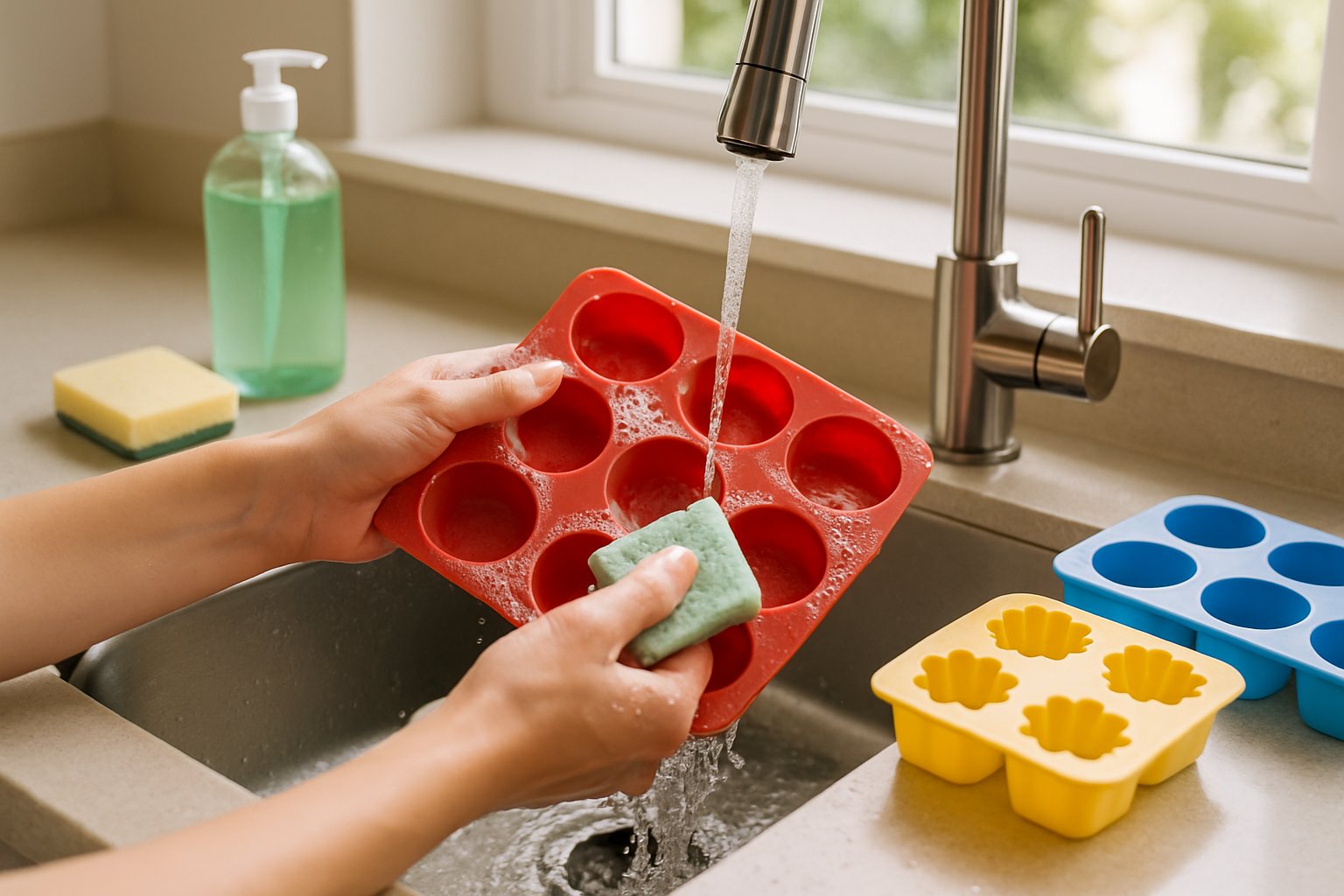
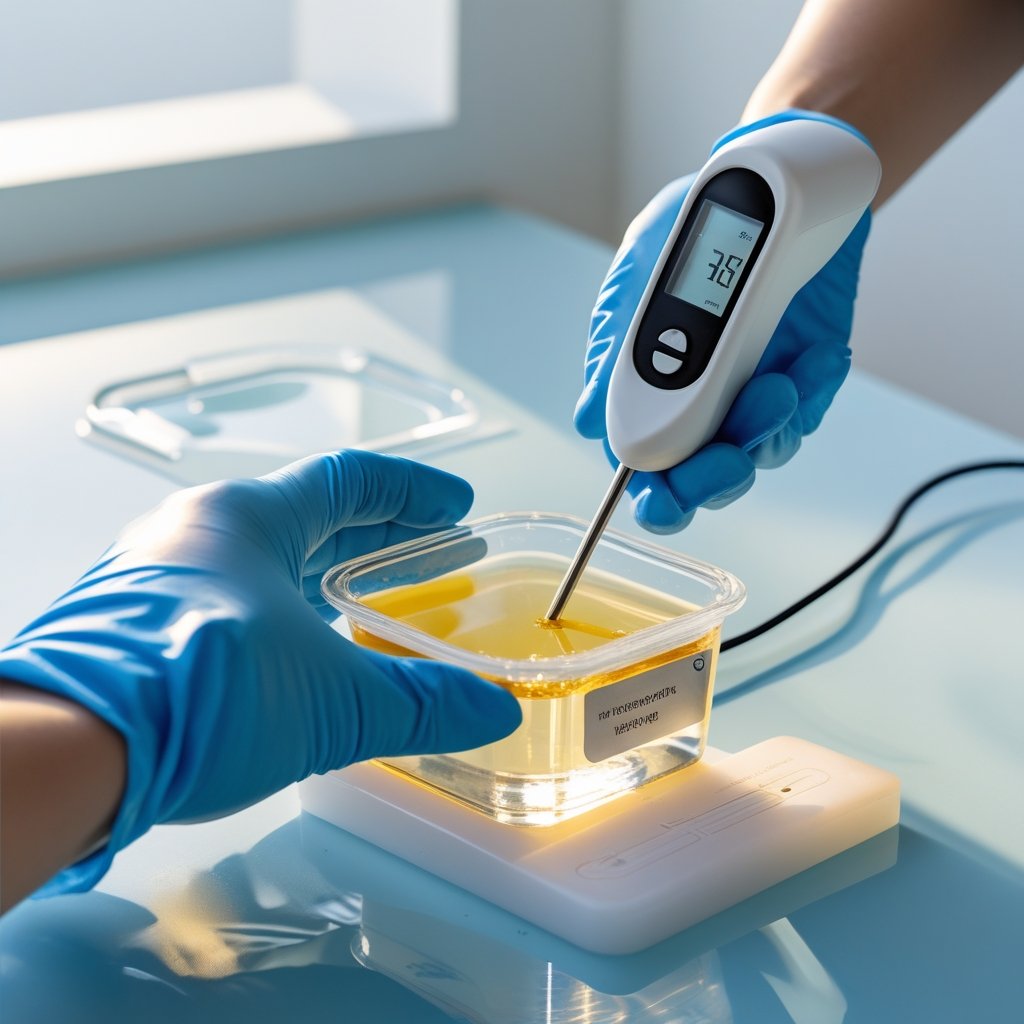
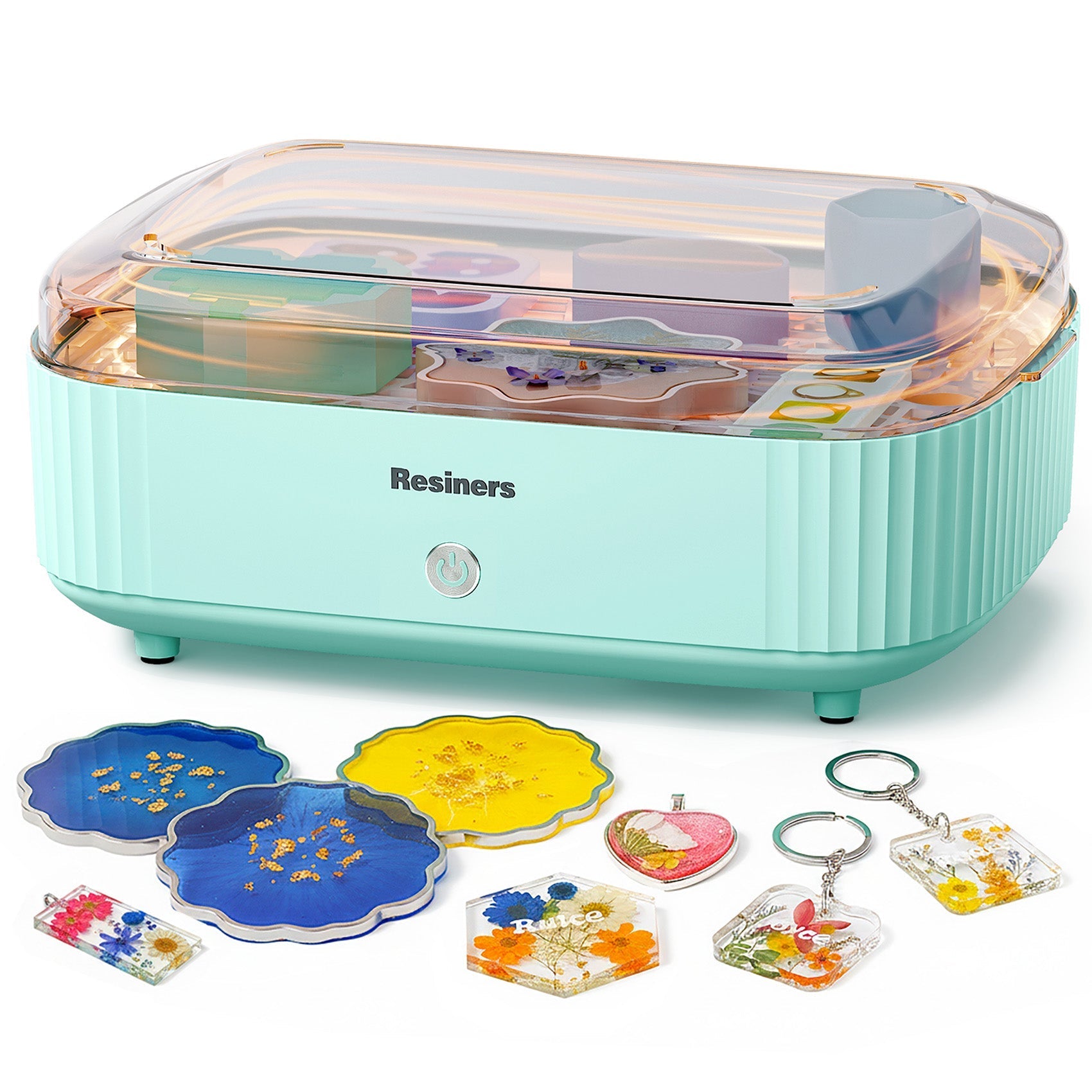
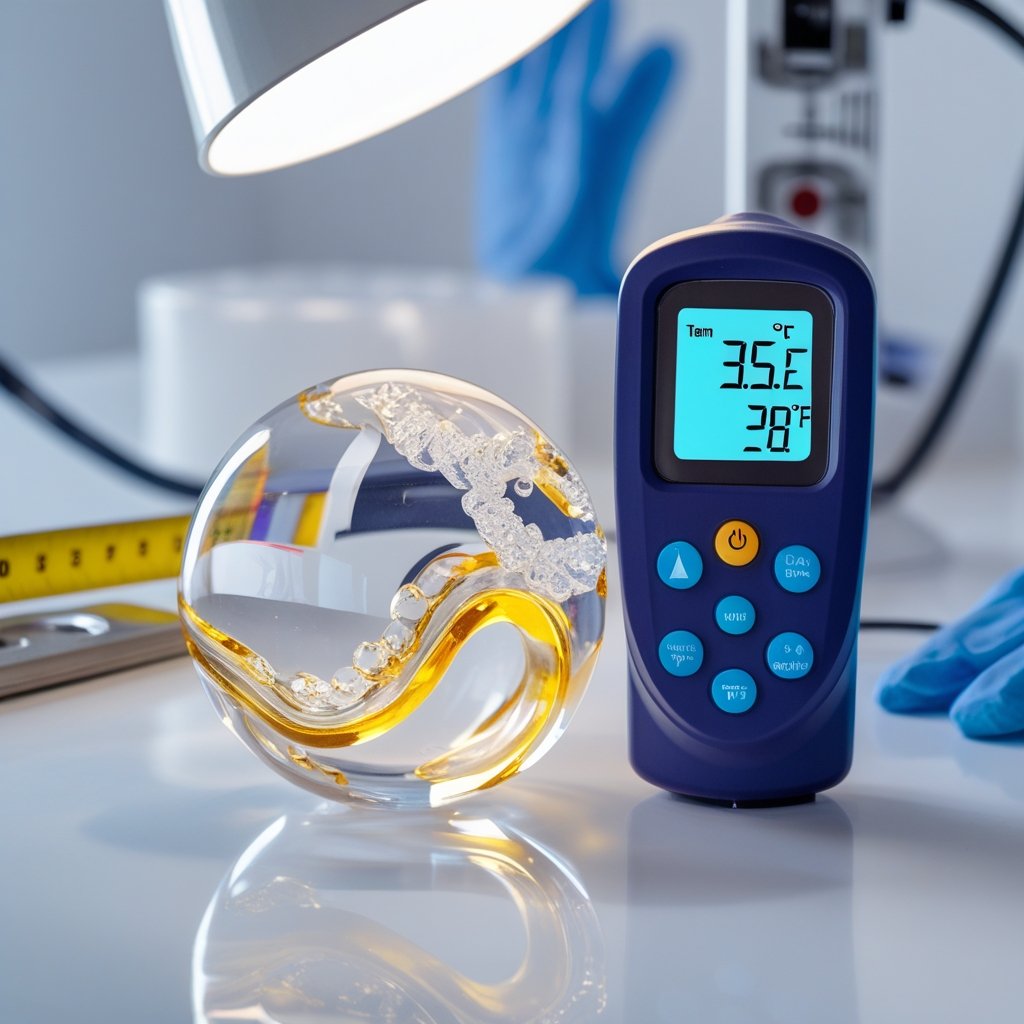

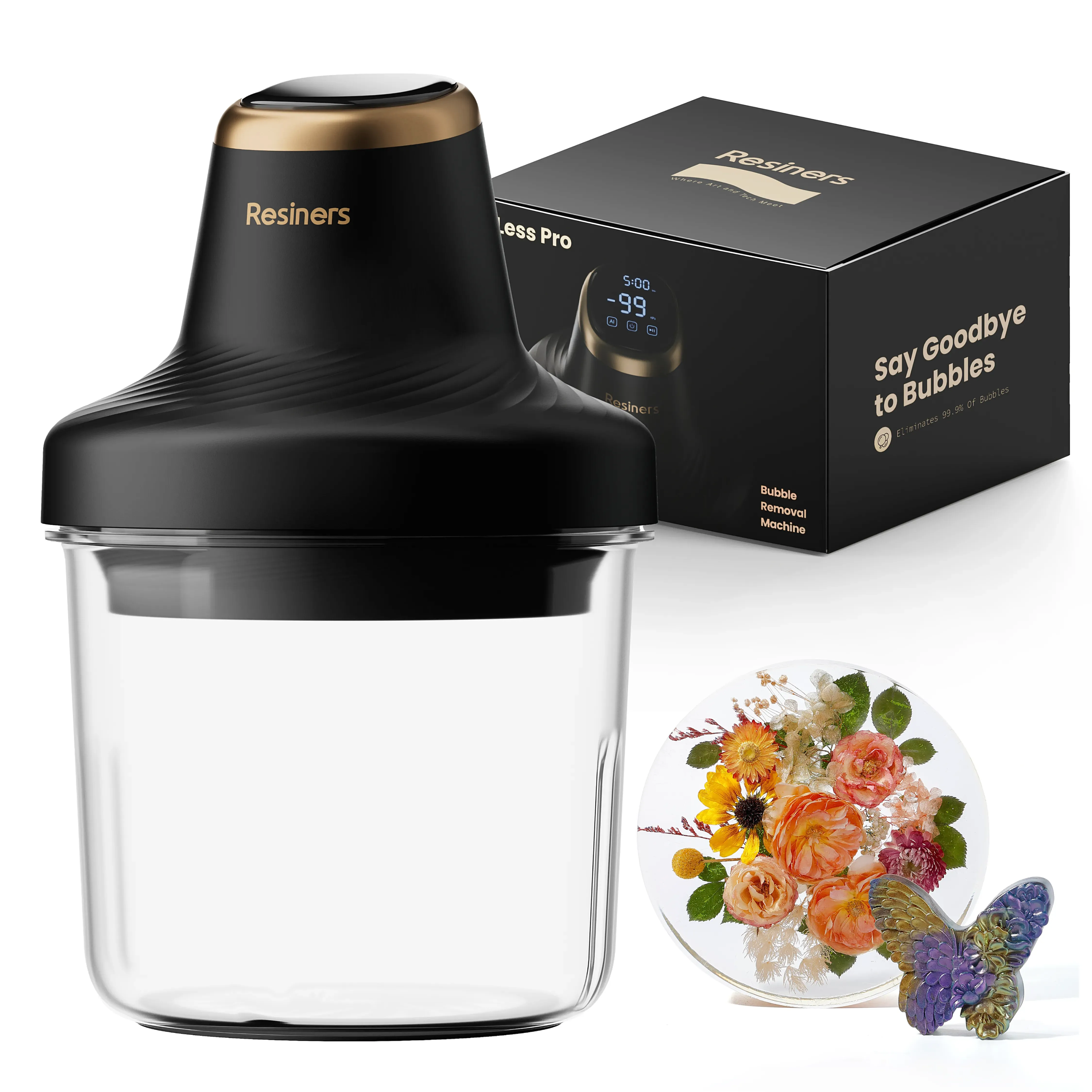
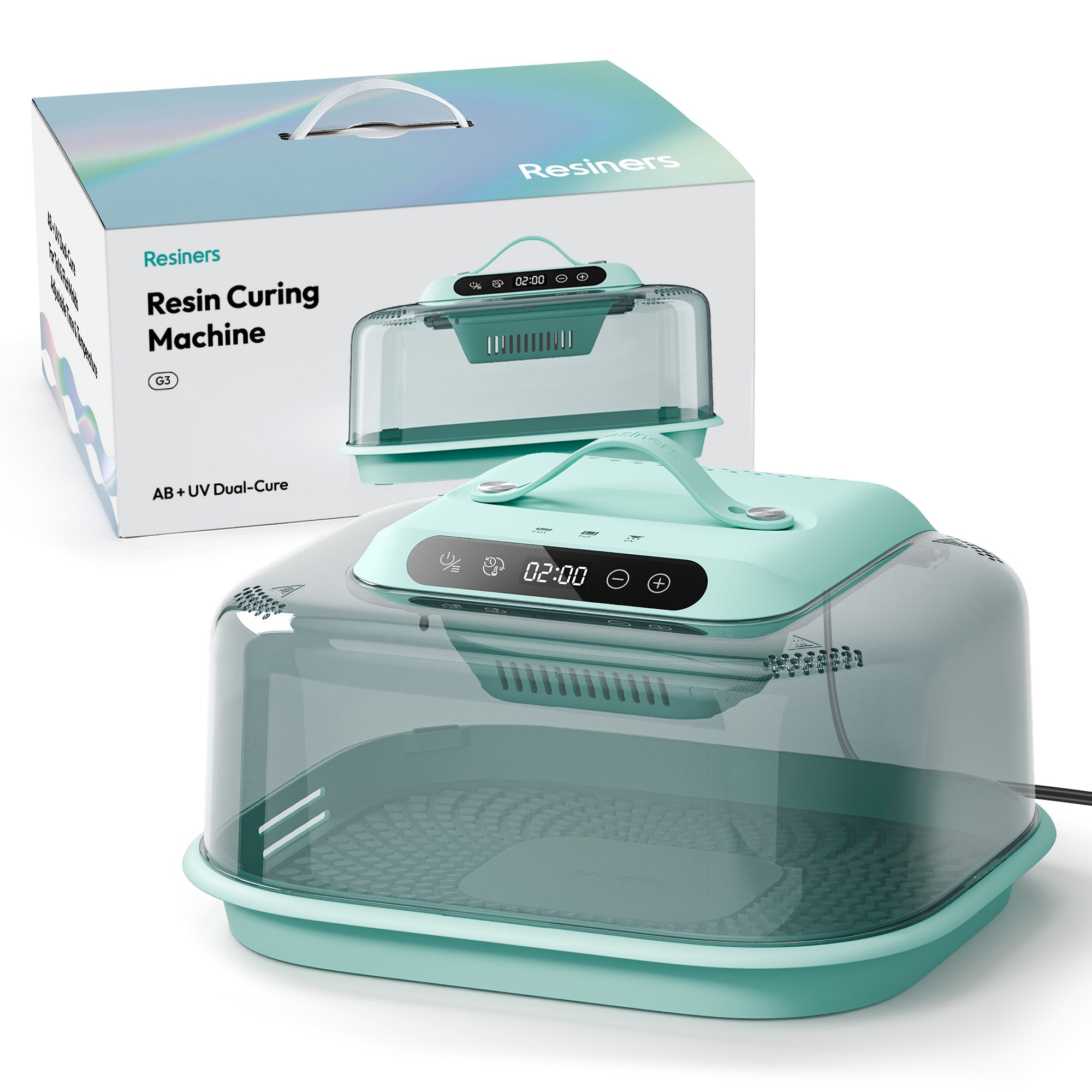

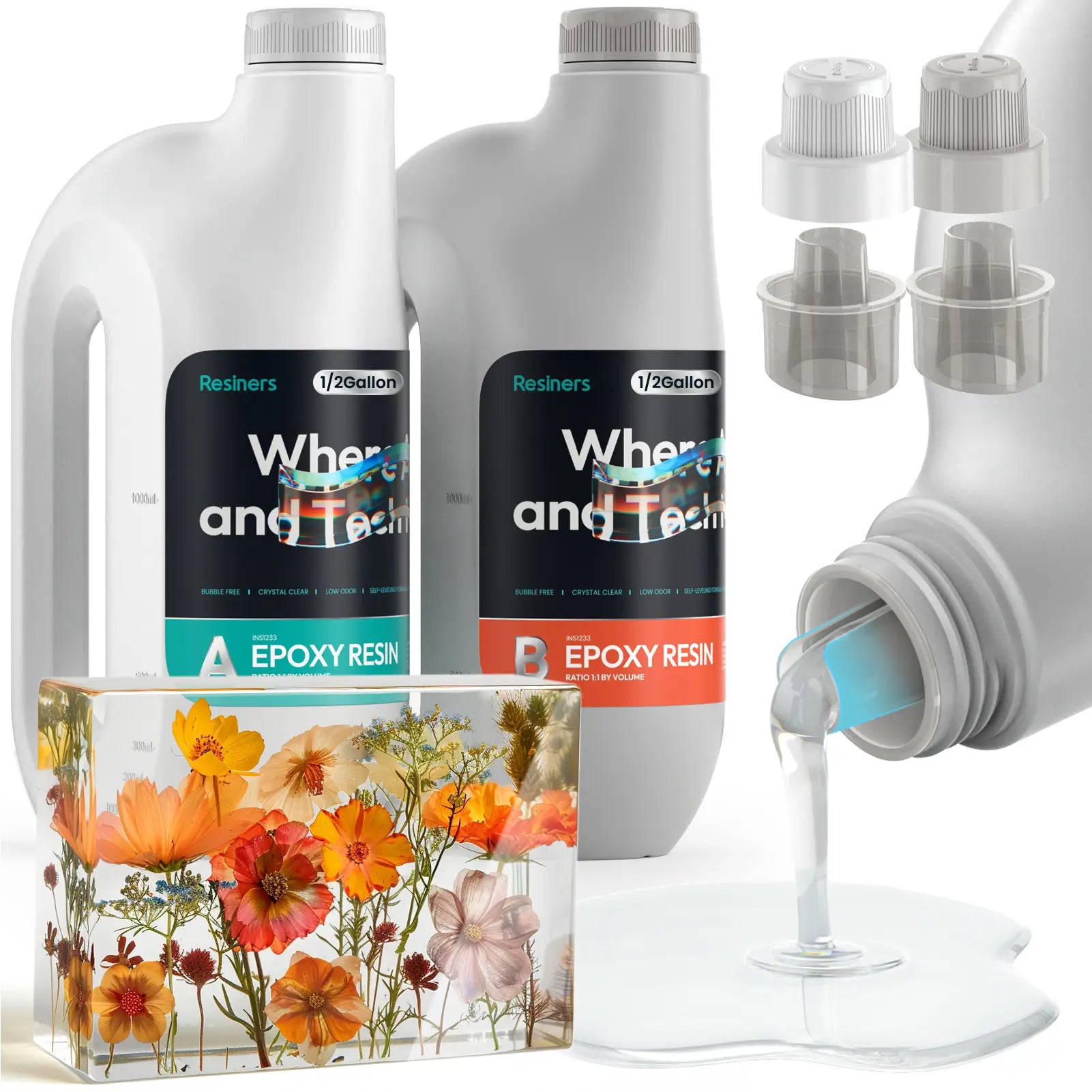
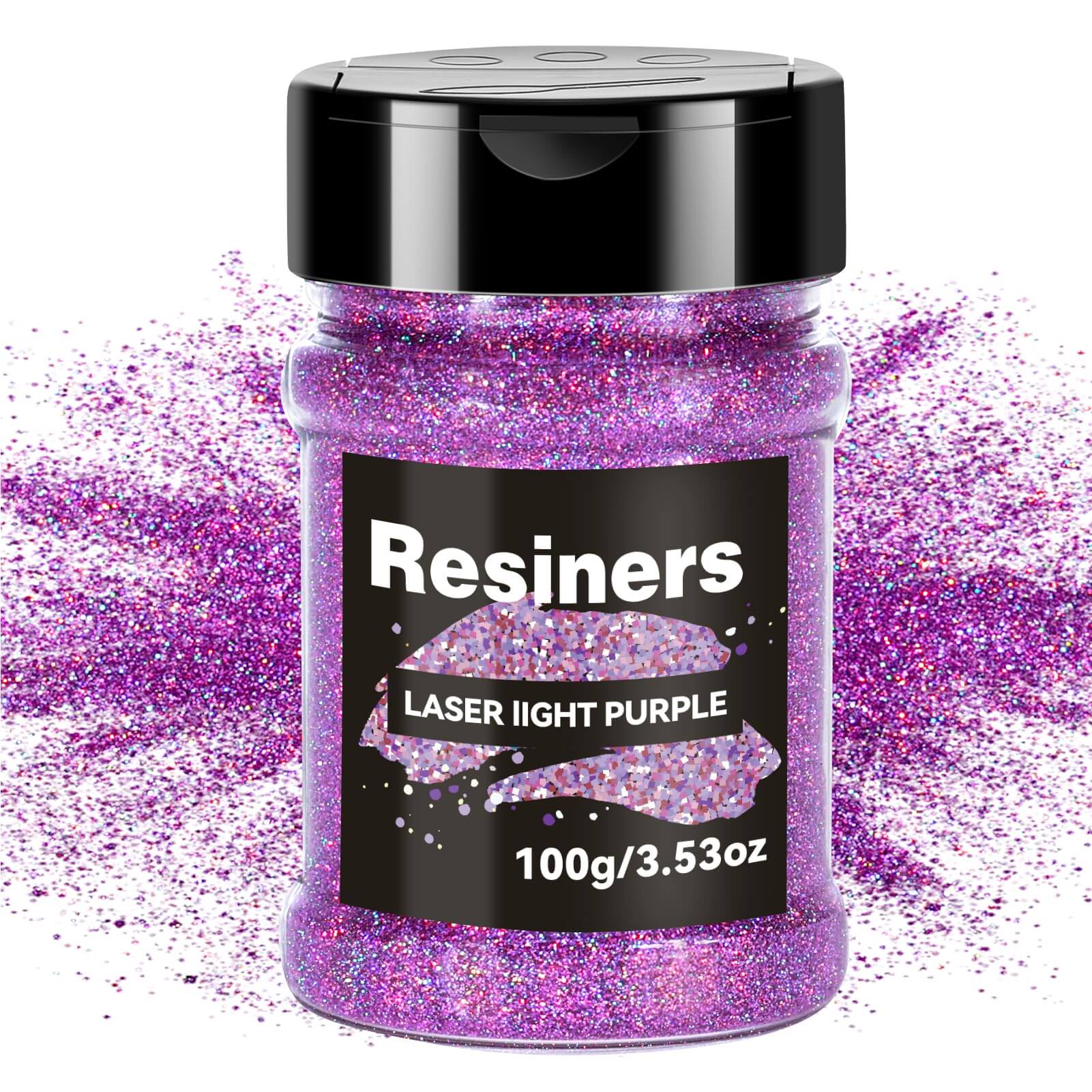
Leave a comment
This site is protected by hCaptcha and the hCaptcha Privacy Policy and Terms of Service apply.